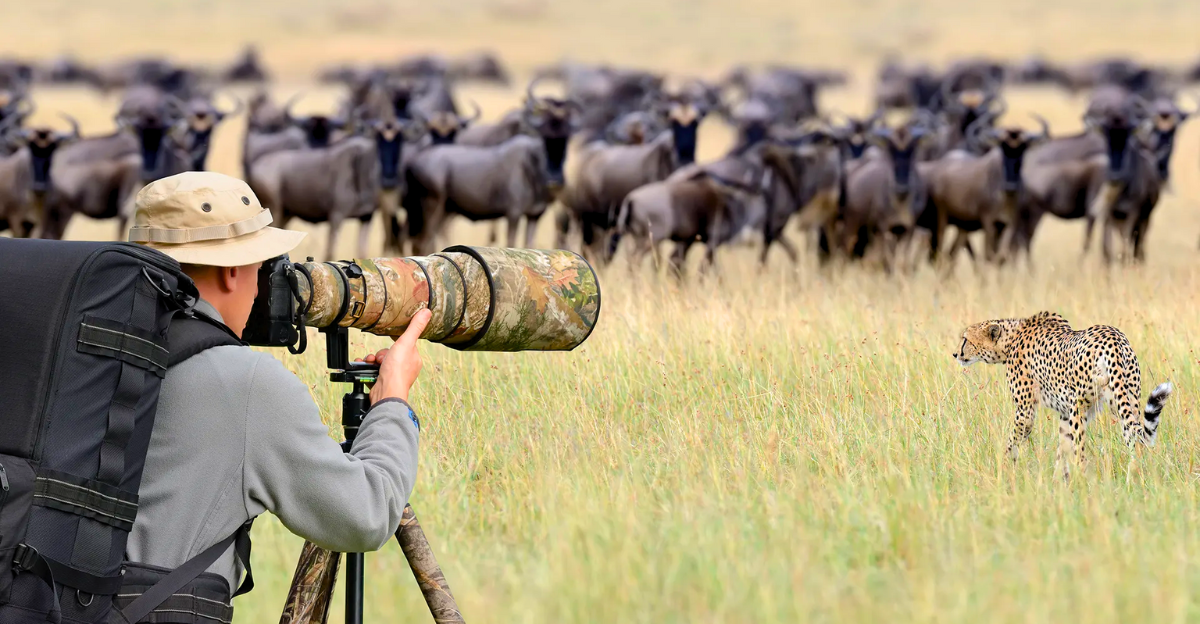
Capturing wildlife on camera isn’t just about having a good zoom lens. It’s about patience, timing, and understanding your subject, whether that’s a lion on the savannah or a squirrel in your backyard. Nature doesn’t pose for selfies.
Great wildlife photography tells a story. It freezes fleeting moments, reveals emotion in animals, and connects us to the natural world. But let’s be real, it also involves a lot of waiting around.
Whether you’re new to the game or looking to level up your shots, these nine tips will help you master the wild, one frame at a time.
1. Know Your Subject Before You Shoot
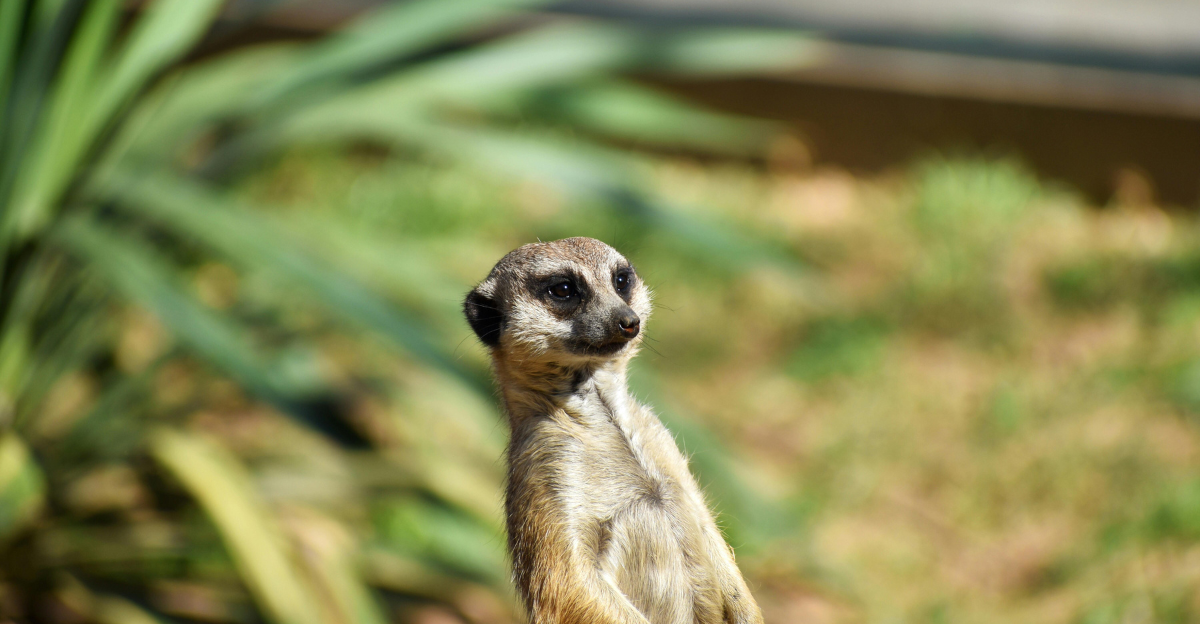
Wildlife photography starts long before you pick up your camera. Researching your subject, whether it’s an eagle or a meerkat, can make or break your shot. Know their habits, habitats, and when they’re most active.
Understanding animal behavior helps you anticipate movement, predict where they’ll go, and position yourself accordingly. You don’t want to be fumbling with your lens while the perfect moment passes you by.
It’s also a matter of respect. The more you know, the better you can observe without disturbing. After all, the wild is their home, you’re just borrowing space for a frame or two.
2. Patience Isn’t Just a Virtue—It’s the Game

Wildlife photography is 10% pressing the shutter and 90% waiting for something to happen. You’ll spend hours crouched behind a rock or stuck in a blind, hoping the animal shows up and does something, anything.
The key is learning to wait without frustration. Nature doesn’t follow your shot list. Sometimes you’ll get nothing, and sometimes you’ll get magic. That’s the thrill.
Use the downtime to adjust your settings, observe patterns, or plan your next move. And remember, sometimes the best moments happen when you’re just about to give up.
3. Light Is Everything
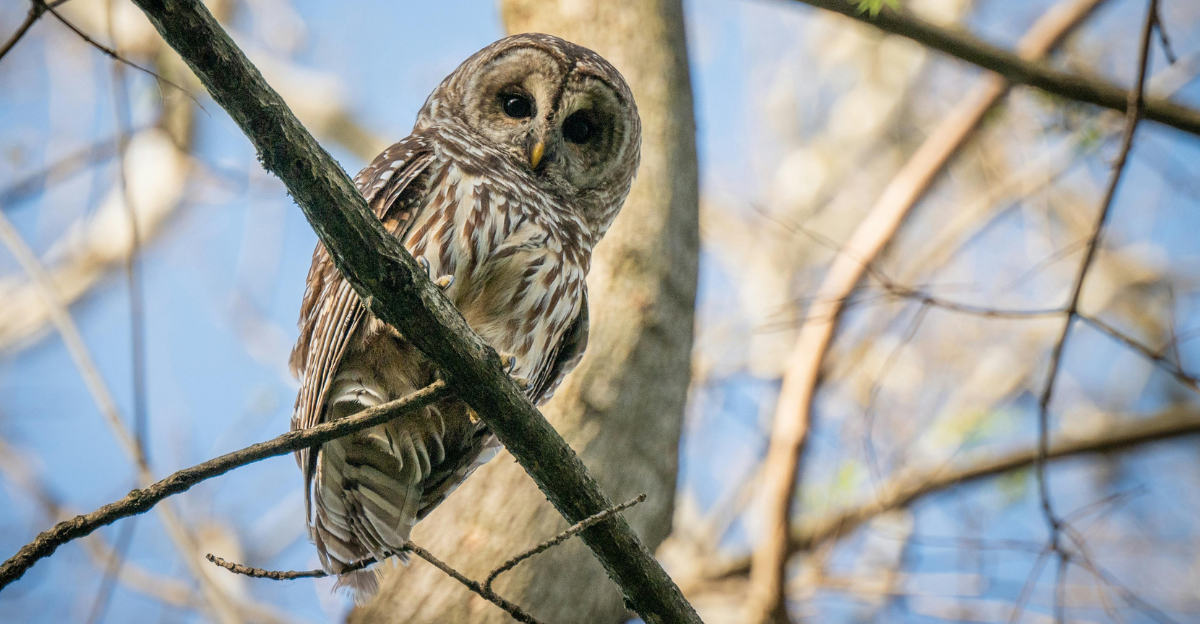
In wildlife photography, natural light is your best friend, or worst enemy. Early mornings and golden hours (just after sunrise or before sunset) offer the most flattering, dramatic light. Harsh midday sun? Not so much.
Soft light highlights texture, fur, feathers, and atmosphere. It adds mood without blowing out your whites or drowning shadows. That’s where the magic lives.
If you must shoot in tricky light, adjust your exposure and use your histogram. Don’t be afraid of a little silhouette drama either, sometimes backlight turns a basic shot into a masterpiece.
4. Use the Right Gear—But Don’t Overthink It

Yes, gear matters. A long lens (200mm or more) is ideal for distance. A fast shutter speed and wide aperture help freeze motion. But you don’t need a safari truck full of equipment to take good wildlife photos.
Mirrorless or DSLR, full-frame or crop, use what you have and learn how to get the most from it. Know your gear inside and out so you’re not stuck fiddling with settings in the moment.
Start with basics: a sturdy camera body, a telephoto lens, and a monopod or tripod. Once you get comfortable, you can build from there.
5. Focus on the Eyes—Always
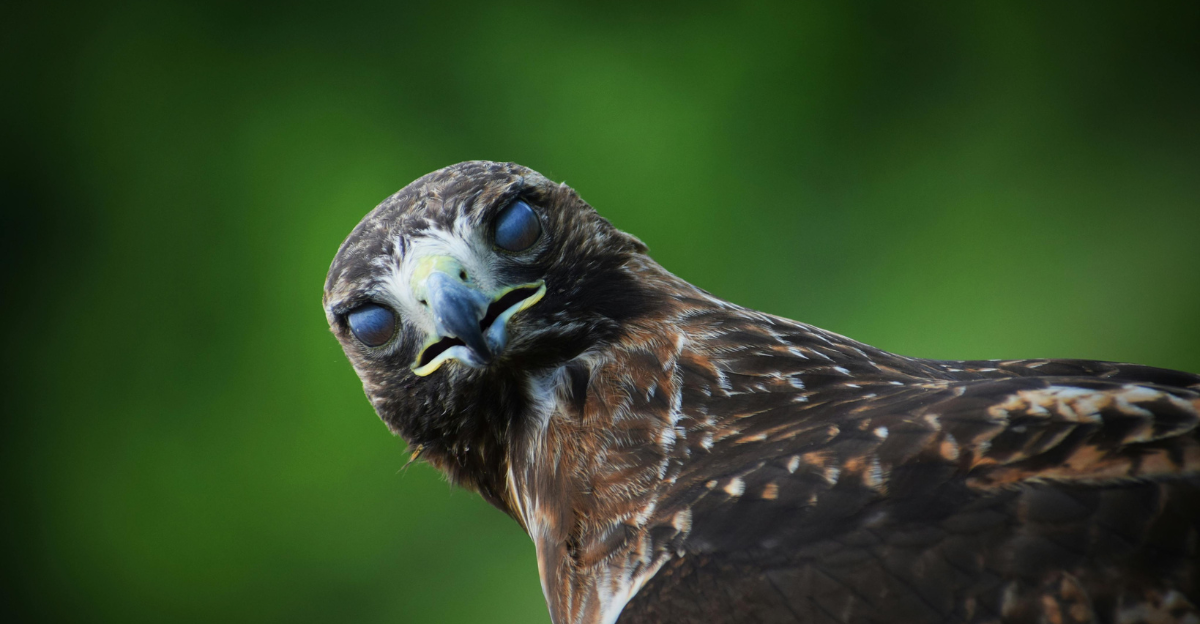
In wildlife photography, eye contact creates instant emotional connection. Even if the animal isn’t looking directly at you, sharp eyes make the shot come alive. It’s the difference between “nice pic” and “whoa.”
Always set your camera to focus on the eyes. Use single-point autofocus and track the movement carefully. If the eyes are blurry, the whole photo feels off.
This becomes especially crucial with birds or fast-moving mammals. When in doubt, lock onto the gaze, it’ll ground your image, no matter how chaotic the rest of the frame is.
6. Composition Creates Impact
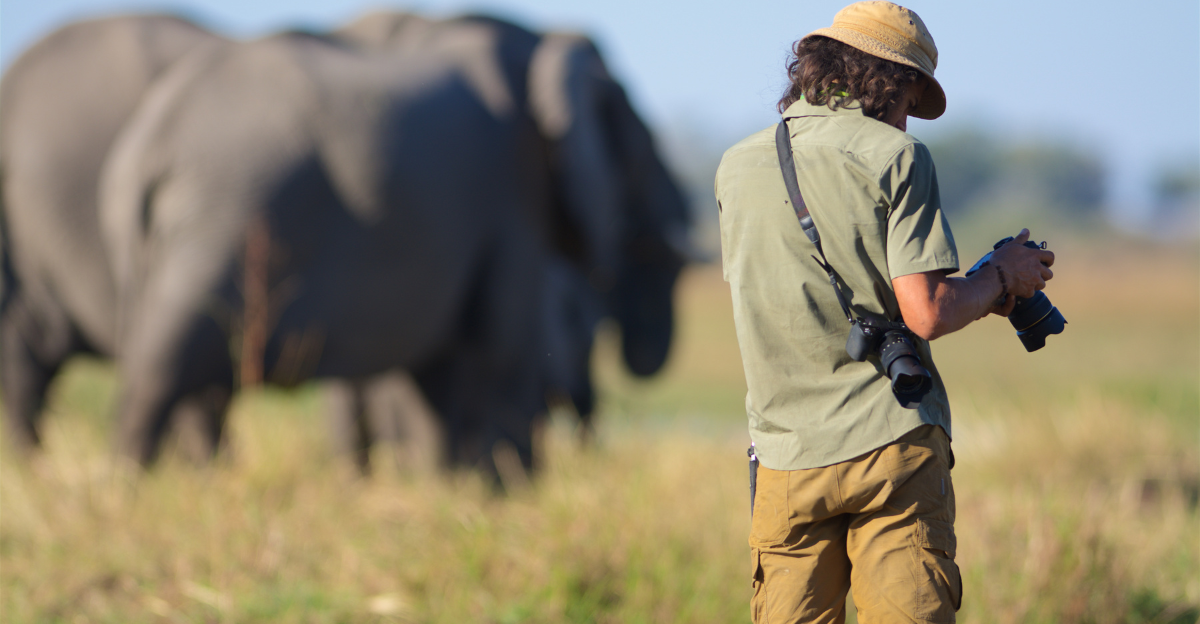
Composition turns a snapshot into a story. The rule of thirds is your starting point, place your subject off-center to create balance and interest. But don’t stop there. Use leading lines, negative space, and natural frames to elevate your work.
Think about what’s in the background. A clean backdrop highlights your subject; cluttered scenery can distract from it. Move your position to improve the angle, or wait for the animal to shift.
The goal is to guide the viewer’s eye and create a feeling, not just a technically correct picture. Good composition? That’s the difference between decent and unforgettable.
7. Respect Wildlife and Stay Safe
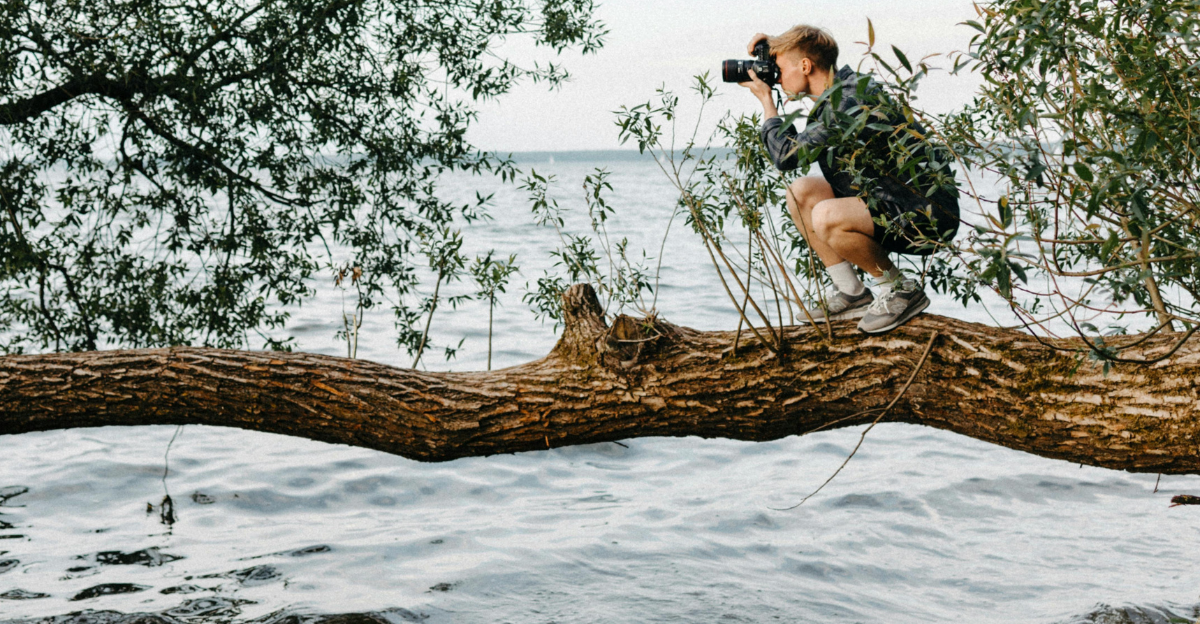
No photo is worth putting yourself, or the animal, at risk. Don’t bait, corner, or chase animals for a better shot. Keep a safe distance, and always respect local wildlife laws and guidelines.
Use long lenses to avoid getting too close. Stay quiet, stay calm, and don’t disrupt natural behavior. If an animal looks stressed, back off immediately.
Remember, the best wildlife photographers are also the most respectful. Their work reflects trust and stillness, not intrusion. Your shot should be a tribute to the wild, not a souvenir from a tense encounter.
8. Edit Lightly, But Thoughtfully

Post-processing is where your photo goes from raw to radiant. But less is more, wildlife photos don’t need heavy filters. Adjust contrast, highlights, sharpness, and colors, but avoid overdoing it.
Keep your edits true to the natural moment. You want to enhance, not deceive. A great edit brings out the emotion and detail that made you take the shot in the first place.
Use tools like Lightroom or Capture One for subtle polish. Crop for better composition if needed, but don’t crop away the authenticity. Let the subject stay wild, even on your screen.
The Shot You Miss Is Still Worth the Experience
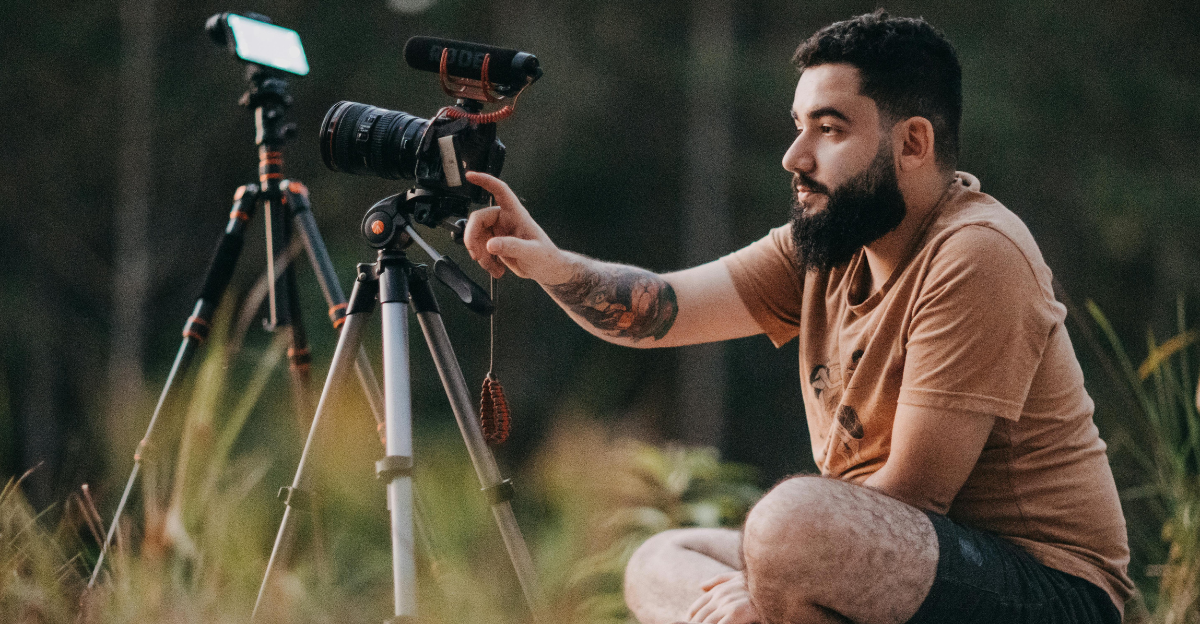
Every wildlife photographer has a list of “the ones that got away.” Blurry lions. Birds that flew off. The fox that looked up right after you looked down. It happens to everyone.
But the joy of wildlife photography isn’t just the final image, it’s the process. The quiet observation, the adrenaline of the moment, the connection to something bigger than yourself.
If you chase only the perfect photo, you’ll miss what makes this art so rewarding. Enjoy the wait. Love the wild. And keep shooting, even if no one’s watching but the trees.
Explore more of our trending stories and hit Follow to keep them coming to your feed!

Don’t miss out on more stories like this! Hit the Follow button at the top of this article to stay updated with the latest news. Share your thoughts in the comments—we’d love to hear from you!







